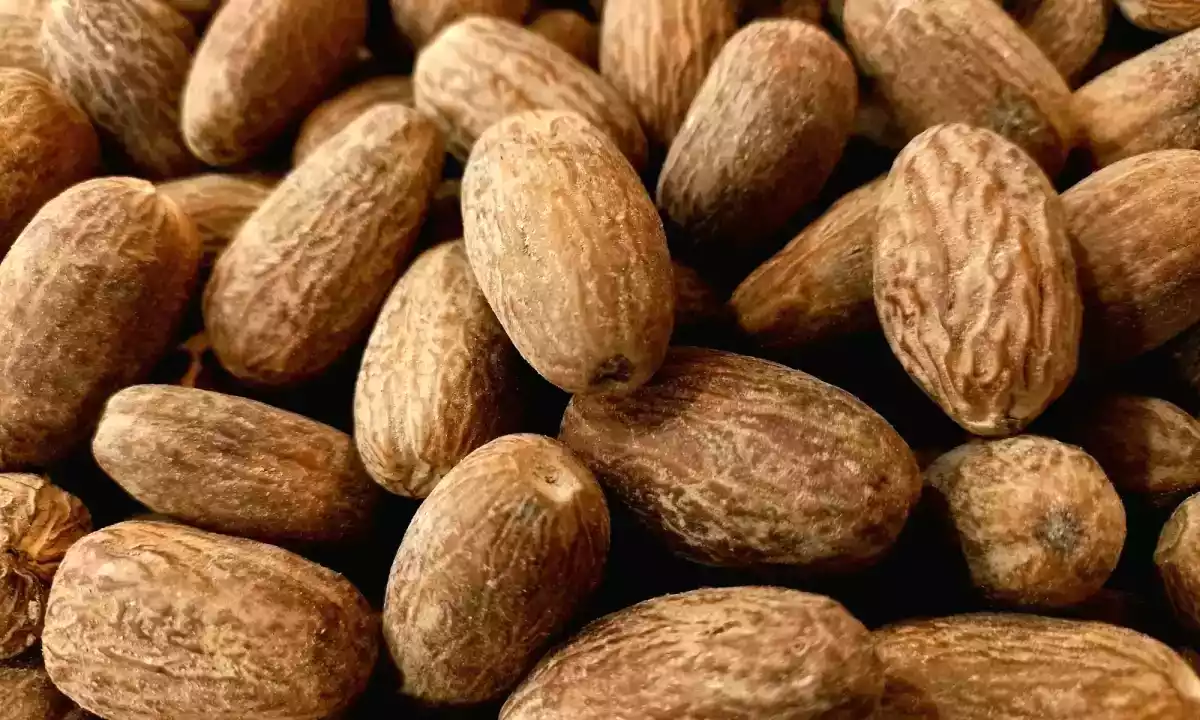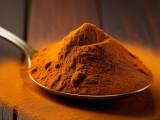Nutmeg and hallucinations: truth or urban legend?

Intense aroma, enveloping flavor--but did you know that nutmeg can have hallucinogenic effects when consumed in high doses? Increasingly popular on social media as a "natural drug", this spice hides serious health risks.
In this article you will find out:
- What really happens to your body after a nutmeg overdose
- The most common (and scary) side effects
- What science says about this phenomenon
Chemical composition: the role of myristicin
Nutmeg contains several aromatic compounds, most notably the myristicin, a substance in the phenylpropylamine family. Also present in small doses in parsley and dill, myristicin is known for its potential psychoactive effects and is considered a precursor to MDMA.
It acts on the central nervous system by stimulating dopamine and serotonin, temporarily altering perception. However, to feel its effects, one needs doses well above those commonly used in cooking.
What are the hallucinogenic effects?
Exceeding 5 grams (about 1-2 tablespoons) can turn this harmless spice into a substance with intense psychoactive effects, including:
- Euphoria or state of mental intoxication (similar to drunkenness)
- Visual and auditory hallucinations
- Disorientation and mental confusion
- Nausea and vomiting
- Dry mouth, dizziness and tachycardia
- Anxiety, paranoia or panic attacks
- Delayed effects: symptoms may appear 3-6 hours after ingestion and last up to 24-48 hours
Because it is not an advisable recreational drug
Using nutmeg to get high is not only a bad idea: it is also risky for your health. The psychoactive dose is very close to toxic, with unpredictable effects that vary from person to person. In the most severe cases, it can cause seizures, delusions, coma and, although rarely, even death.
A study published in the Journal of Medical Toxicology (2006) reported several clinical cases of nutmeg intoxication, confirming the serious risks of recreational use.
Recommended cooking doses and safety margin
In the culinary context, nutmeg is completely safe when used correctly:
- Recommended doses range from 0.1 to 0.5 grams per serving, or one sprinkling.
- Amounts over 5 grams are considered potentially toxic.
- Never use grated nutmeg in excess, especially in dishes intended for children or pregnant women.
Practical tip: If you want to enrich a puree, béchamel or sweet cream with nutmeg, just 2-3 scrapings of the whole nutmeg are enough. More than that is not needed and does not improve the taste.
Conclusion: yes to flavorings in the kitchen, no to dangerous improvisation
Nutmeg is a valuable and aromatic ingredient, capable of enriching traditional and modern dishes. However, its use should remain strictly gastronomic: turning it into a consciousness-altering tool is not only unnecessary, but potentially harmful to health.
Sources:
Journal of Medical Toxicology, 2006
MedlinePlus, Nutmeg (Myristica fragrans) - National Library of Medicine
American Association of Poison Control Centers - Annual Report 2022
You might also be interested in:
 Daniele Mainieri
Daniele Mainieri

Comments